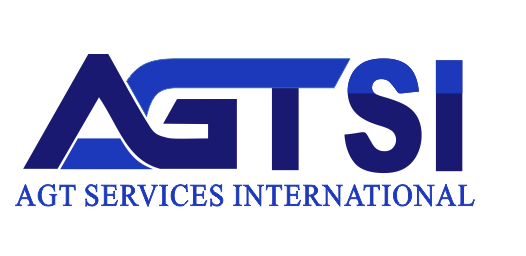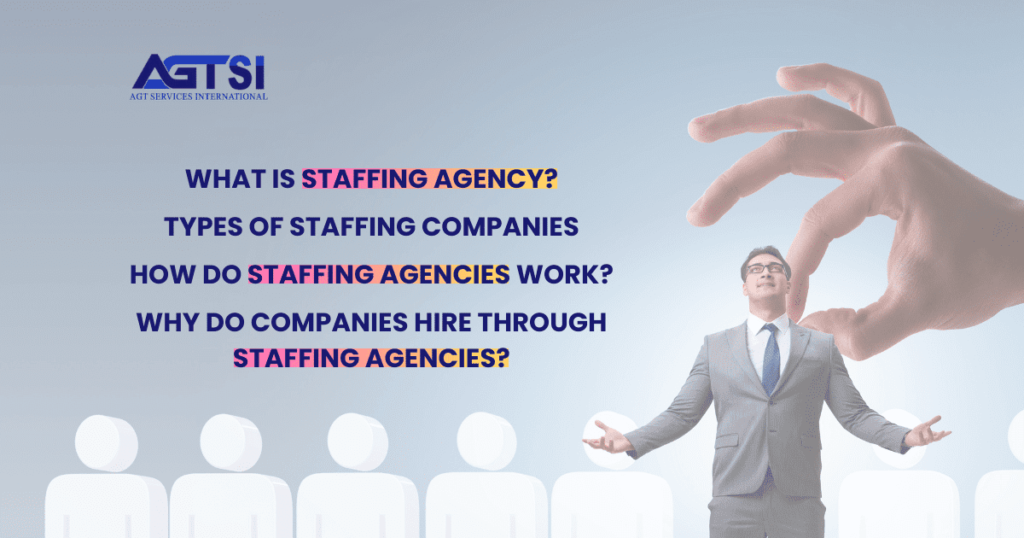Introduction
In today’s unexpected economic landscape, companies often apply hiring freezes to handle financial stability. A hiring freeze can be activated by various factors, including economic downturns, budget cuts, or unplanned financial challenges. Guiding and answering actually to a hiring freeze is important for maintaining productivity and confidence within an organization. A frequently asked question is, “how long does a hiring freeze last?” Understanding how long a hiring freeze lasts can help organizations plan and adapt more effectively.
The duration can vary, especially based on the organization’s financial situation and market conditions. Understanding how long does a hiring freeze last? and applying useful management techniques confirms that necessary operations continue smoothly, employee stress is minimized, and the organization remains graceful and prepared for future growth. The article will guide you through understanding hiring freezes and offer strategies to manage them effectively, helping your organization stay Strong during challenging times.
Understanding a Hiring Freeze
A hiring freeze is a strategic decision where a company temporarily stops the recruitment of new employees for open positions and is usually applied to control costs during periods of economic suspense, financial challenges, or budget limitations. The direct objective is to maintain financial resources and stabilize the organization’s financial health. While essential roles that are necessary to the company’s processes might still be filled, non-essential positions remain empty until the freeze is lifted.
This decision can affect various departments differently, with some feeling the pressure of increased workloads due to unfilled positions. However, the goal is to guide through the financial challenges without compromising the core functions of the business.
Understanding how long a hiring freeze lasts can help in planning and reducing the effects on productivity and employee confidence. The duration of a hiring freeze can vary greatly, often depending on the company’s financial recovery or improvements in the economic geography.
Impact of a Hiring Freeze
Hiring freezes can significantly impact a company’s operations in various ways:
1. Increased Workload
When hiring freezes are in place, existing employees often need to take on additional responsibilities to cover the gaps left by empty positions. Increasing workload can lead to higher stress levels, longer working hours, and possible burnout as employees struggle to manage their routine duties along with new tasks. The redistribution of workloads requires careful planning to ensure that essential tasks are completed without overwhelming Staff.
2. Delayed Projects
The absence of new hires can delay project timelines, especially those demanding specialized skills or additional workforce. Without the necessary Staff, projects may proceed at a slower pace or be put on hold completely, impacting the company’s ability to meet deadlines and achieve strategic goals. Hiring freeze delay can also affect client satisfaction and the company’s competitive edge in the market.
3. Employee Confidence and Engagement
The tension brought about by a hiring freeze can greatly affect employee confidence and engagement. Staff may feel worried about the stability of their positions and the company’s future. Pressure can lead to decreased motivation, lower productivity, and a potential increase in turnover as employees desire more opportunities elsewhere. Management must maintain open communication and provide support to ease concerns and keep confidence high.
4. Talent Investment and Retention
A hiring freeze can also impact the company’s long-term talent investment and retention strategies. Possible candidates may sense the freeze as a sign of instability, making it harder to attract top talent when hiring resumes. Additionally, existing employees may be more likely to leave if they feel overworked or unsure about their career opportunities within the company.
5. Operational Efficiency
The pressure on resources due to a hiring freeze can lead to decreased operational efficiency. Departments may struggle to maintain productivity levels, and critical functions might suffer due to the lack of sufficient staffing. Operational inefficiency can affect the overall performance of the company and interfere with its ability to respond quickly to market demands and opportunities.
Understanding how long a hiring freeze lasts is essential for preparing and minimizing these results. By expecting these challenges and implementing effective strategies, organizations can guide hiring freezes more smoothly, providing continuity and maintaining employee well-being.
Strategies to Navigate a Hiring Freeze
1. Prioritize and Reallocate Resources
Consider current projects and prioritize those that are critical to business operations. Focus on maintaining core functions and essential services. Reallocation of resources and redistributing tasks among existing employees to ensure these functions continue smoothly.
Hiring freeze may involve temporarily stopping or climbing down non-essential projects until the hiring freeze is raised. Understanding how long a hiring freeze lasts can help in making these prioritization decisions more effectively.
2. Enhance Internal Communication
Transparent and regular communication is important during a hiring freeze. Keep employees informed about the reasons for the hiring freeze, its expected duration, and how it will impact them. Internal communication clarity helps in managing expectations and reducing stress. Regular updates can comfort staff that the situation is being managed and provide clarity on their roles and responsibilities during this period.
3. Focus on Employee Development
Use this period to invest in employee development. Providing training and development opportunities to improve the skills of your current workforce will not only improve productivity but also increases confidence as employees feel valued and supported. Offering workshops, online courses, or skill development can help employees expand their skill sets and prepare them for future roles within the company.
4. Optimize Current Workforce
Identify talented employees and consider internal upgrades or sideways moves to fill necessary gaps. Promoting internal movement can help hold talent and keep operations running efficiently. Recognize and reward employees who take on additional responsibilities, which can improve job satisfaction and loyalty. Internal promotions can also direct the company’s commitment to career growth, even during challenging times.
5. Improve Processes and Efficiency
Consider existing processes and identify areas for improvement. Simplifying workflows and stopping inefficiencies can help the current workforce manage increased workloads more effectively. Implementing new technologies or purifying current systems can improve productivity and reduce the burden on employees. Continuous process improvement confirms that the organization remains graceful and efficient despite staffing limitations.
Understanding how long a hiring freeze lasts is important in planning and implementing these strategies. By expecting the duration and impact of the freeze, organizations can better guide this period, maintaining operational continuity and employee confidence. These courageous measures will position the company to appear stronger and more flexible once the hiring freeze is raised.
Responding to a Hiring Freeze
1. Foster a Supportive Workplace Atmosphere
Promoting a positive work environment is important during a hiring freeze. Identify and value employees’ efforts regularly to keep confidence high. Simple gestures like speaking directions, written honors, or small rewards can go a long way in increasing employee spirits.
Highlighting team achievements and individual contributions helps employees feel valued and motivated. Additionally, creating a culture of gratefulness and support can reduce the stress and uncertainty associated with the hiring freeze, providing that employees remain engaged and productive.
2. Strengthen Team Collaboration
Encouraging teamwork and cooperation is essential in guiding a hiring freeze. Teams that work well together can share the load more effectively and support each other through challenging times. Implementing collaborative tools like project management software, communication platforms, and shared document systems can improve team coordination and efficiency.
Regular check-ins, both formal and informal, can help maintain strong team interactions and confirm everyone is on the same page. Promote a culture of open communication where team members feel comfortable sharing ideas, concerns, and solutions. A combined approach not only improves productivity but also promotes a sense of connection and mutual support.
3. Monitor Employee Well-being
Monitoring employee well-being is vital during a hiring freeze to prevent overwork and maintain motivation. Provide support through fitness programs that focus on physical and mental health. Offer adaptable work arrangements, such as remote work options or adjustable hours, to help employees balance work and personal commitments.
Mental health resources, like guidance services or stress management workshops, can also be beneficial. Regularly check in with employees to measure their well-being and address any issues promptly. By showing genuine concern for their health and well-being, you can help employees cope with the additional pressures and maintain a positive and productive work environment.
4. Plan for the Future
While guiding the current hiring freeze, it is important to start planning for future hiring needs. Identify the most important roles that will need to be filled once the freeze is raised. Courageous approach confirms that you are ready to act quickly when conditions improve. Develop a strategic hiring plan that summarizes the skills and positions needed to achieve your organizational goals.
Hire possible candidates and keep them informed about future opportunities within your company. Building a talent channel during the freeze can help you quickly fill essential roles when hiring resumes. Additionally, consider implementing series planning to prepare for future leadership needs and ensure continuity in key positions.
5. Improve Skill Development and Training
Use the hiring freeze period to focus on improving the skills and abilities of your current workforce. Offer professional development opportunities, such as online courses, workshops, and certification programs. Motivate employees to take on new challenges and responsibilities that adjust to their career goals.
Investing in skill development not only improves employee performance but also shows a commitment to their growth and improvement. Improving skills focused on continuous learning can lead to higher job satisfaction and maintenance, as employees feel more confident and trained to handle their roles.
6. Communicate Long-term Vision and Stability
During a hiring freeze, clear communication about the company’s long-term vision and strength is essential. Comfort employees about the company’s strategic direction and opportunities. Clarity about the reasons for the hiring freeze, the expected duration, and the steps being taken to address financial challenges can help relieve stress and build trust.
Highlight the company’s achievements and progress, even in difficult times, to support a sense of stability and confidence. By keeping employees informed and committed, you can maintain their commitment and spirit to the organization’s mission and goals.
Understanding how long does a hiring freeze last? and implementing these detailed strategies will help your organization respond effectively to the challenges posed by a hiring freeze. Maintaining a positive work environment, improving team cooperation, monitoring well-being, planning for future hiring, focusing on skill development, and communicating the long-term vision are key to navigating this period successfully and appearing stronger when the freeze is lifted.
Final Thoughts: How long does a hiring freeze last?
Effectively navigating a hiring freeze demands strategic planning, fine communication, and a focus on employee well-being. By prioritizing resource budgets, investing in employee development, and optimizing processes, organizations can reduce the impact of the freeze and appear stronger. Understanding the challenges posed by the freeze and implementing courageous strategies will not only help maintain productivity and confidence but also position the company for future growth. It’s important to promote a positive work environment, strengthen team cooperation, and monitor employee well-being throughout the freeze period. With careful planning and performance of these strategies, organizations can guide the hiring freeze smoothly and appear strong for future opportunities.



















